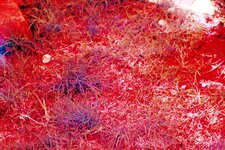nickmarch
Hero Member
- May 30, 2009
- 561
- 50
- Primary Interest:
- All Treasure Hunting
Its possible to capture on digital cameras. By theory dogs can be trained to scent deposits.
Google: geochemical gold halo
&
Geochemical gold detection
Google: geochemical gold halo
&
Geochemical gold detection







